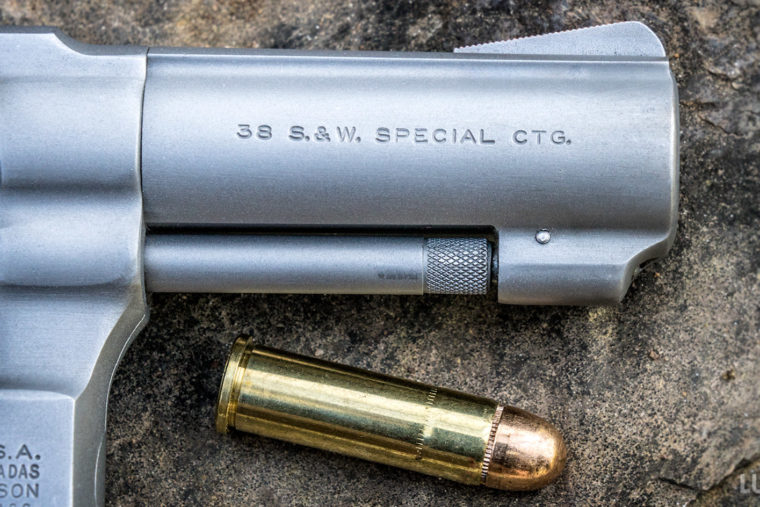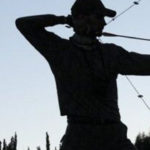Most stories begin at the beginning. To tell the story of the .38 Smith & Wesson Special cartridge, however, it’s necessary to go quite a ways back, before the beginning, back before metallic cartridge firearms entirely.
Certain bore diameters that are still with us today became standard back in the day when muzzleloading smoothbores were still measured in “gauge” or “bore”. Those numbers signified the number of round lead balls of that bore diameter it took to make a pound. The .72” caliber “12-bore” is, of course, was popular among 18th Century frontstuffers and is still with us as a shotgun gauge. However, 50-, 60-, 100-, and 150-bore live on as well, as those work out to the bore diameters we all know today.
It’s the 100-bore size that became popular in Colt’s first revolving percussion pistol, the .36 caliber Paterson revolver. When the Republic of Texas Navy ordered 180 .36 Patersons, it represented Sam Colt’s first big martial sale. The bore size continued to be used in the Colt 1851 “Navy” revolvers that were common in the post-Civil War West and, eventually, was formalized in the first double-action revolver with a solid frame and swing-out cylinder to be general issue in the U.S. military, the Colt M1892.
The cartridge chambered in this revolver was known as the .38 Long Colt, and its big combat debut in the Spanish-American War was less than stellar. Smith & Wesson, who was working on a new revolver that would have been chambered for the service cartridge, immediately changed their plans.
by Tamara Keel



